Jenna Lee, 10, bounds across the studio floor, then leaps into the air.
In her mind, she is flying. In her heart, she truly is.
Jenna is twirling, leaping and tendu-ing her way through a ballet class for children who have Down syndrome.
In this place, the word “down” refers to toe placement and not a syndrome.
The cushioned mat becomes the canvas for a masterpiece of movements that these children’s parents could never have imagined a few short years ago.
It is a place, a space, that is open and breathtaking, a place where hopes happen, dreams dance and potential perches upon pointed toes.
Jenna completes her routine then hugs a visitor who is observing the class on this Thursday evening.
“I love you,” she says, a phrase that is as natural to her being as the breaths she takes.
She grasps the visitor’s hand, then kisses it.
A cooperative venture between Spectrum Health and the Grand Rapids Ballet, the ballet class has not only helped her balance, it’s helped her become more in balance, according to her dad, Mike Lee.
“She gets to get out and get exercise and be with people her own age,” he said while sitting in a chair in the Wege Center lobby in downtown Grand Rapids, Michigan. “I think this has really helped with her balance. With Down syndrome, that’s one of the issues they have.”
This year’s class has five students, ages 10 to 13. They meet every Thursday evening with instructor Amanda Sekelsky and assistant Tarum Streasick to learn ballet, jazz and the power of music and movement.
As “Climb Every Mountain” plays in the background, the students listen to Sekelsky’s instructions.
“Tendu, kick, point and down,” Sekelsky chants. “Nice job, girls, very good.”
Jenna, with a broad smile outshining her red hair and sparkling brown eyes, high-fives Sekelsky after the routine.
Spectrum Health Helen DeVos Children’s Hospital pediatric neurologist Daniel R. Fain, MD, gives a figurative high-five to the program.
“I think it’s wonderful,” Dr. Fain said. “Children with Down syndrome often have impairments of coordination, low muscle tone and muscle weakness. This could be excellent therapy.”
He said not all children with Down syndrome are candidates for the class, because some have skeletal defects that could make dance harmful. For this reason, he said clearance from a primary physician prior to enrollment is very important.
“But many of them could benefit from this type of program,” Dr. Fain said. “It gives them confidence, exercise, therapy. …Then you have the music, that’s good therapy, too.”
The class began in 2010 to provide opportunities for children who otherwise would not have the opportunity to dance, according to Sekelsky. So far, about 50 students have gone through the program.
Some, like Gracie Retan, attend year after year.
“I like jazz and ballet,” said Gracie, 13, who has been part of the class since inception. “It’s great fun. I feel joyful when I dance.”
And dance she does.
Gracie has progressed to holding the balance bar with one hand, performing graceful kicks and knocking out some impressive impromptu moves when pop songs play.
It’s not so much about precision in this class as it is about a positive experience.
“The children benefit socially, emotionally and physically,” Sekelsky said. “The students learn to work in a group environment and follow instructions. Their self-esteem is boosted through positive reinforcement and performance opportunities.”
Not to mention increased muscle tone, improved balance and coordination and increased spatial awareness.
Brian Marz has seen it. His daughter, Keira, 13, has much improved coordination since being in the class.
“I see more jumping, she skips, she’s just a lot more coordinated,” Marz says while waiting in the lobby for class to begin.
As Marz talks, Keira twirls and dances at the other end of the lobby, arms fully outstretched.
“She definitely likes to twirl,” Marz says, laughing. “And this has definitely helped with the strength in her legs. She used to have a dominant right leg. With ballet, it really balanced her out. It’s awesome.”
Sekelsky noticed Keira’s progress during a leap and skip session.
“Great job, Keira,” she told the beaming girl. “Those are looking much better. Have you been practicing?”
Another song blares from the speakers: “Clap along if you feel like a room without a roof, because I’m happy, Clap along if you feel like happiness is the truth.”
The girls are moving, swaying, feeling the music and the lyrics.
It’s as if, in this 45-minute span, the glass ceiling evaporates for these children who always seem to have limits placed upon them, whether because of true physical limitations or merely societal expectations.
“They just want to belong,” says Marcia Shooks, whose daughter, Annie, 12, has been in the class since 2010. “They want to feel like everyone else.”
Annie has had multiple hip surgeries, and missed many classes, but when she can attend, she’s inspired.
“It’s like her favorite thing,” Shooks said. “She can’t wait for Thursdays. If I tell her it’s ballet day, everything is right in her world and it’s a great day.”

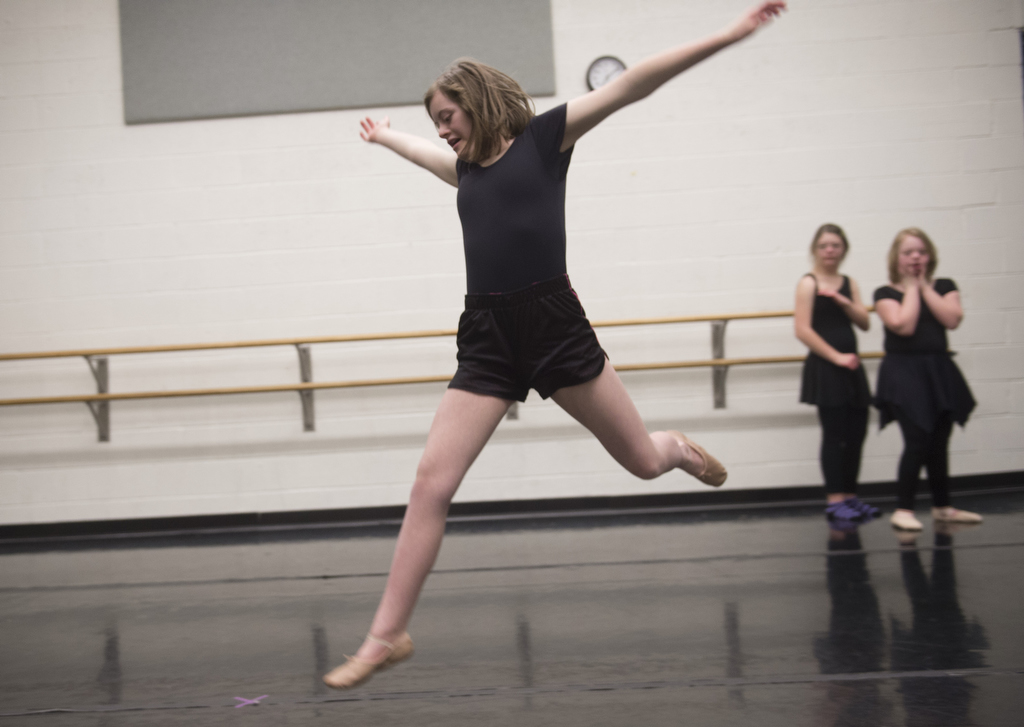
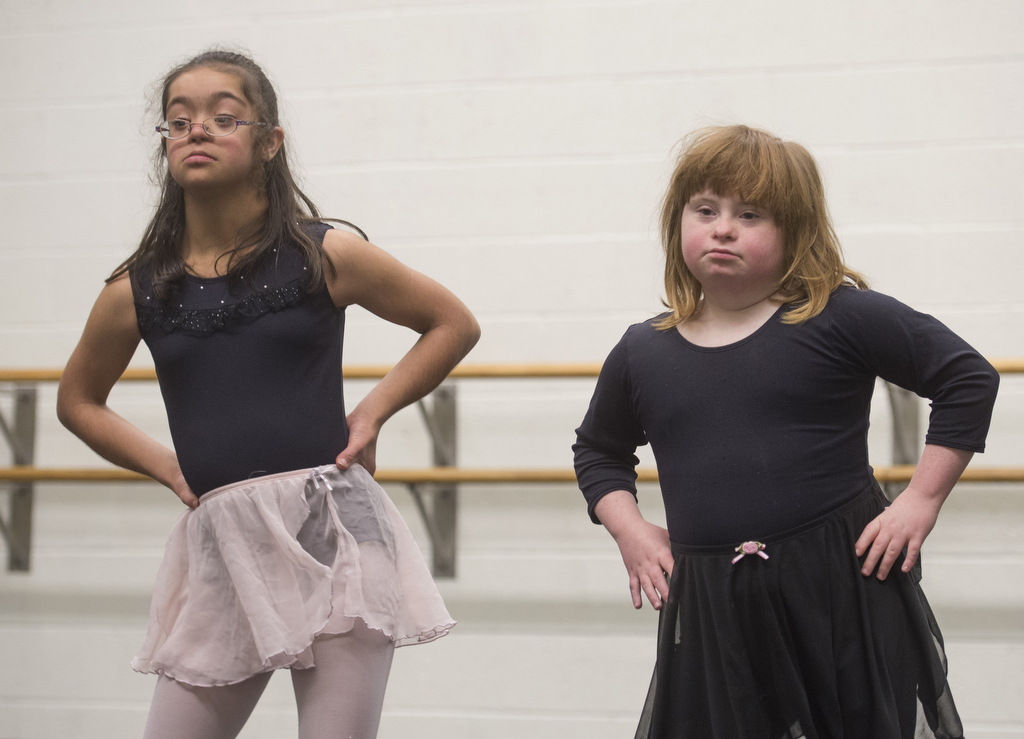

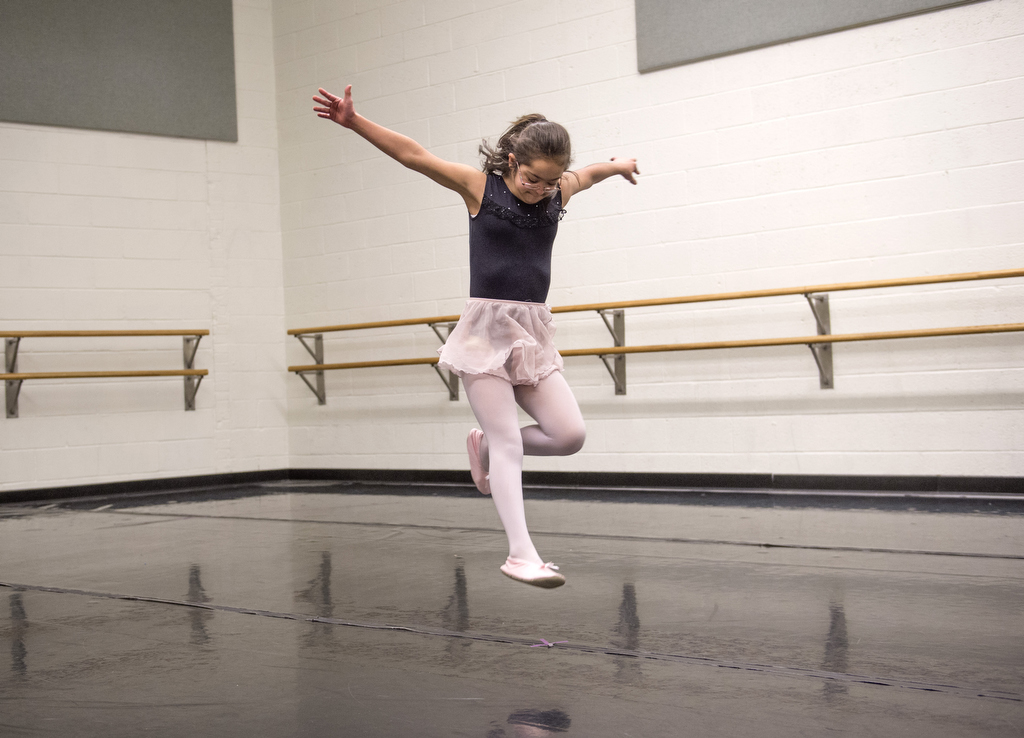
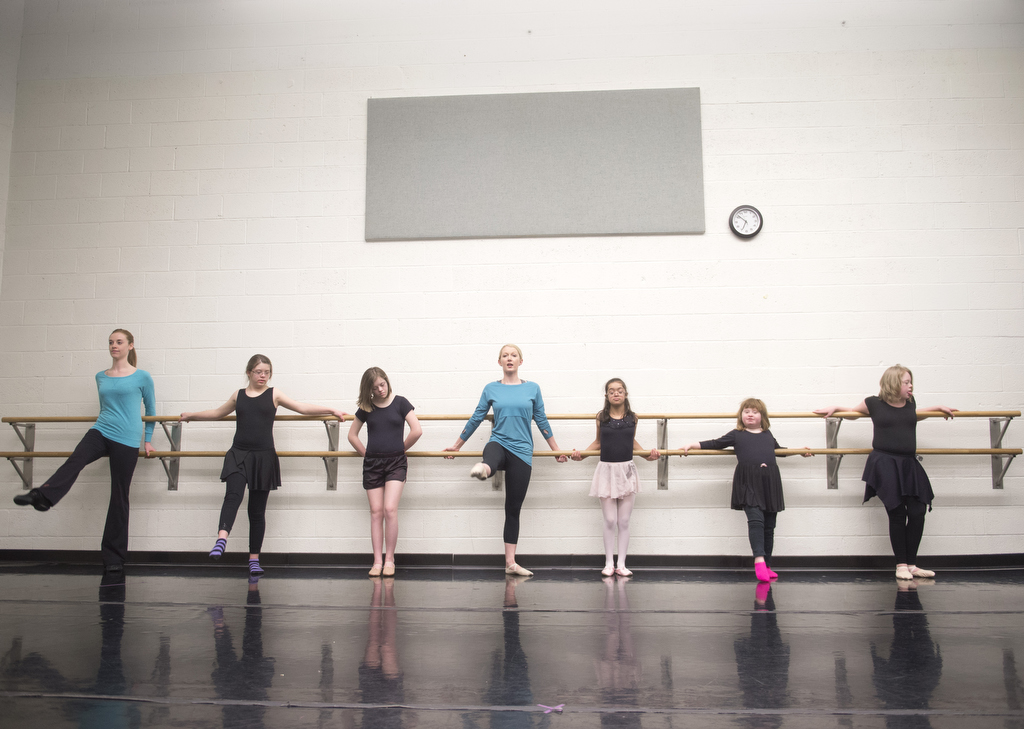
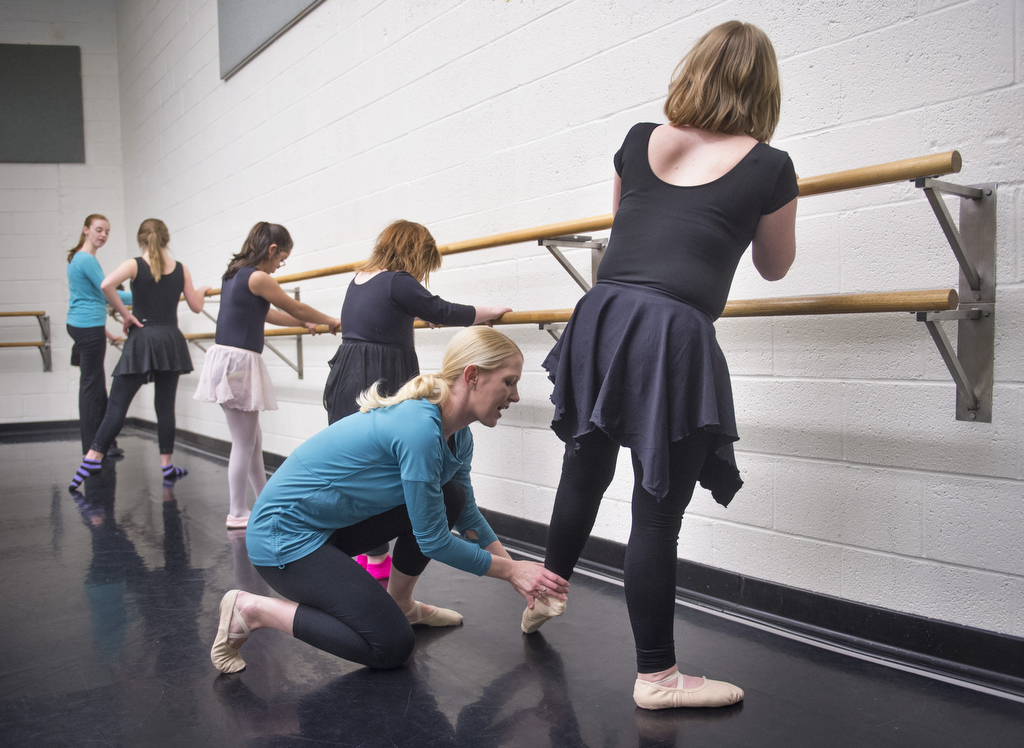
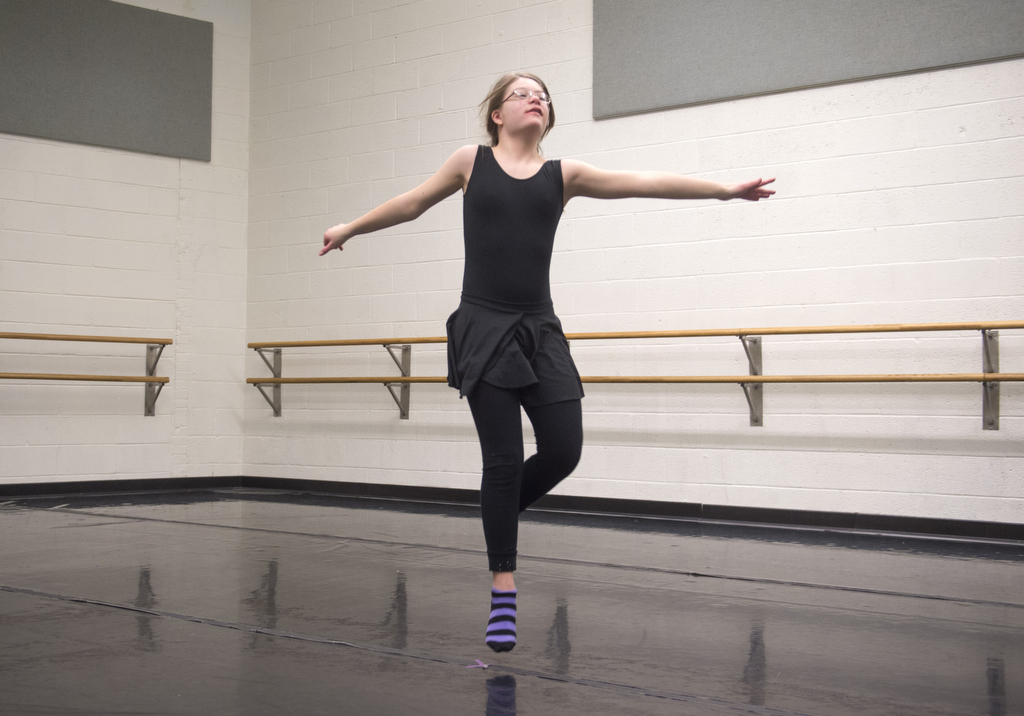
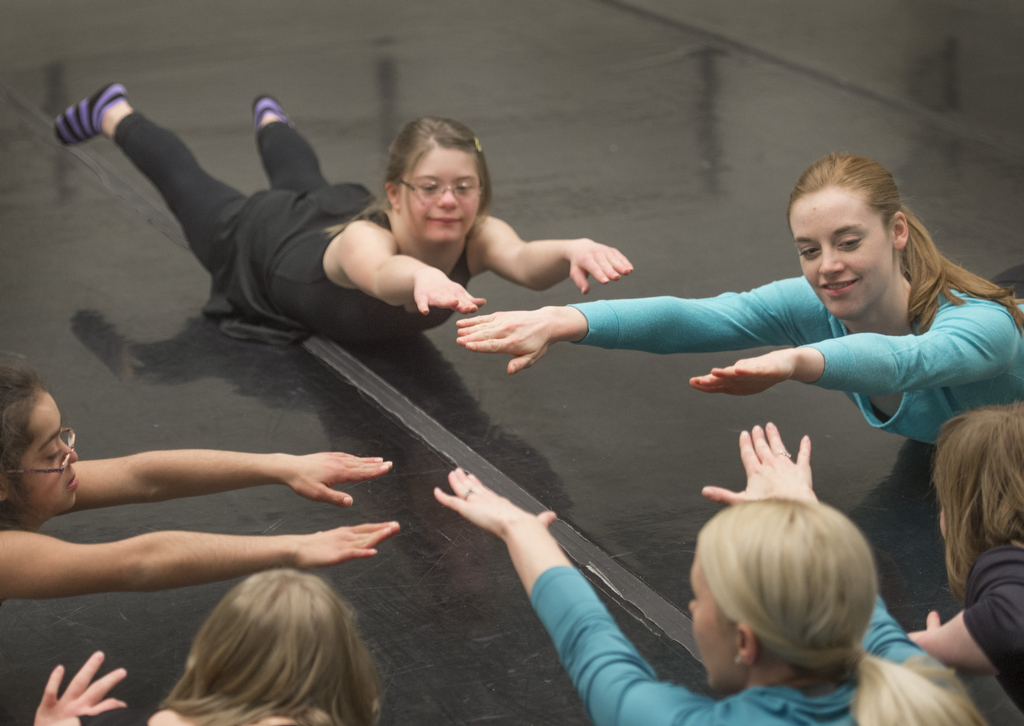
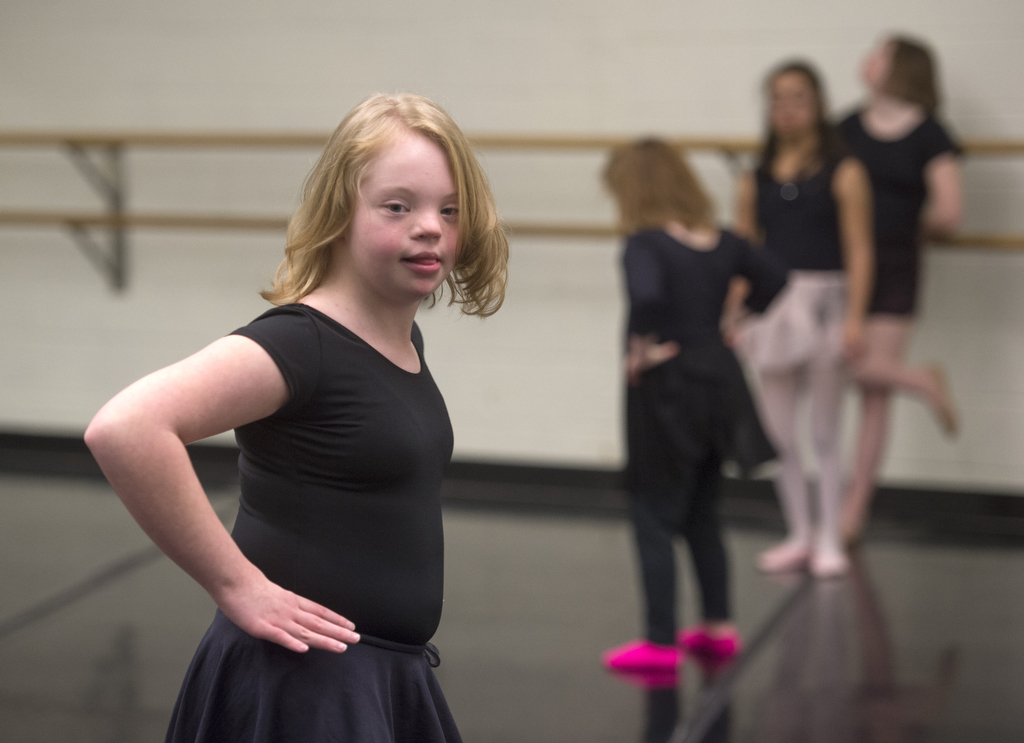


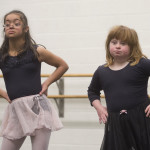

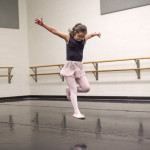
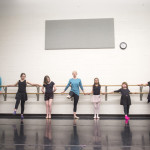




 /a>
/a>
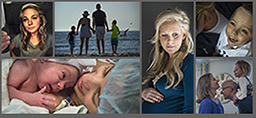 /a>
/a>
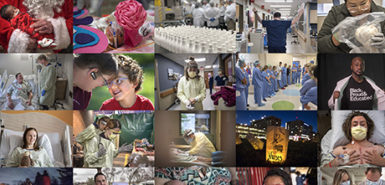 /a>
/a>